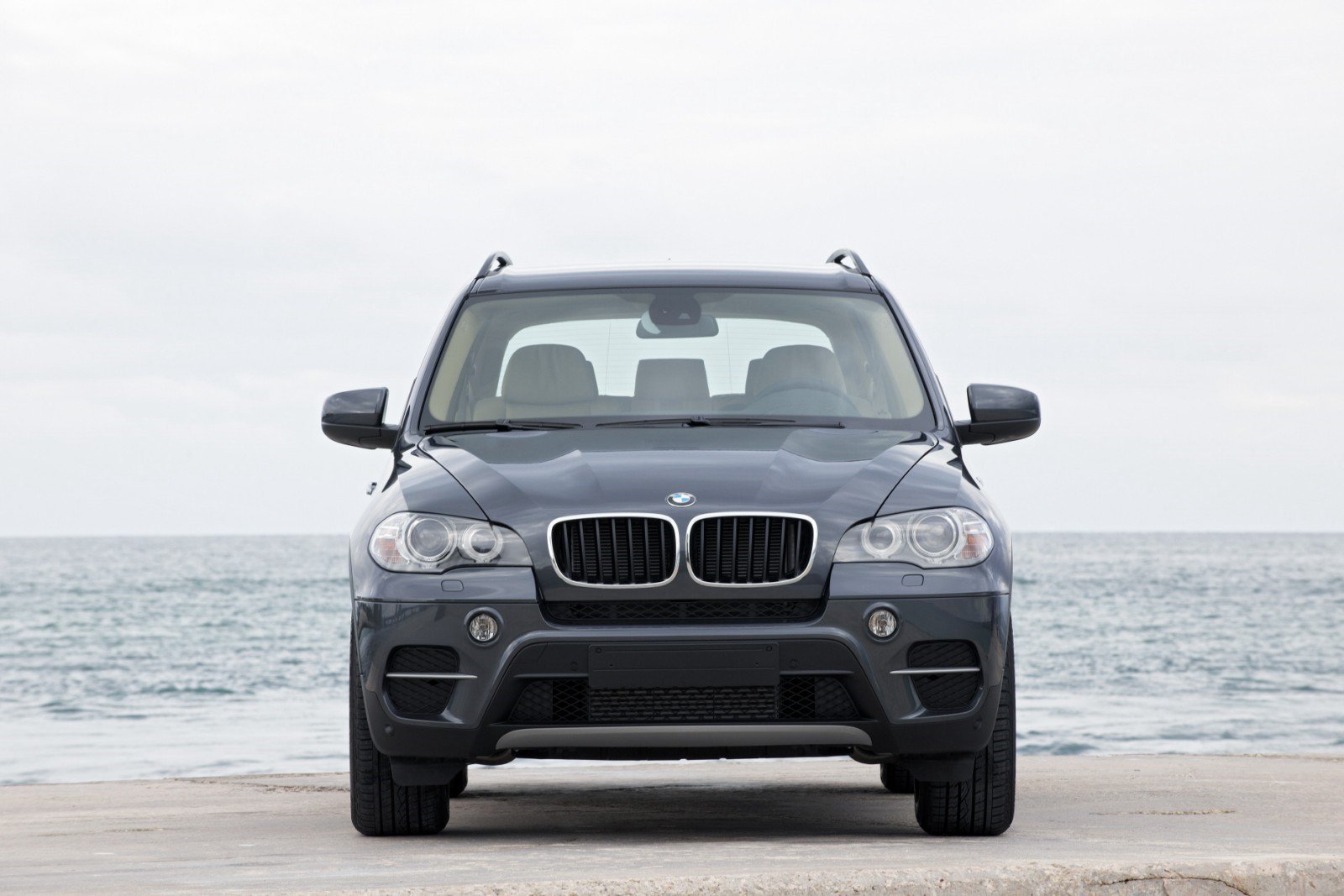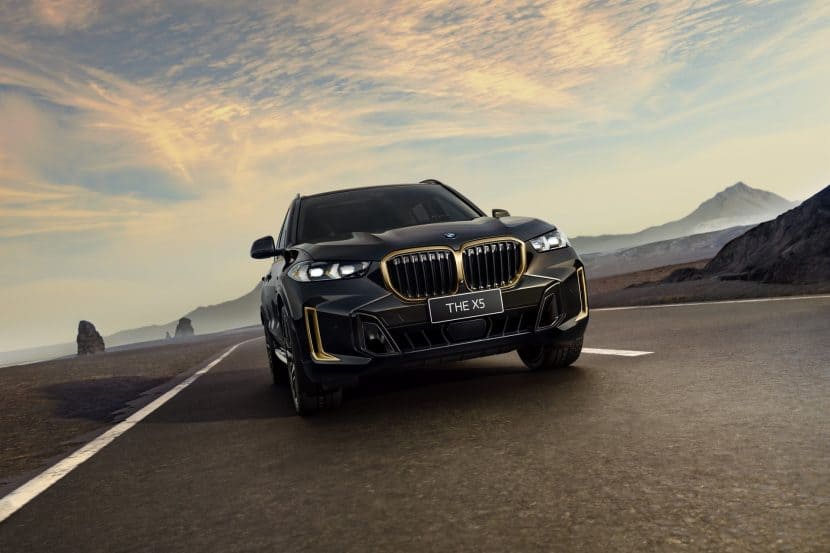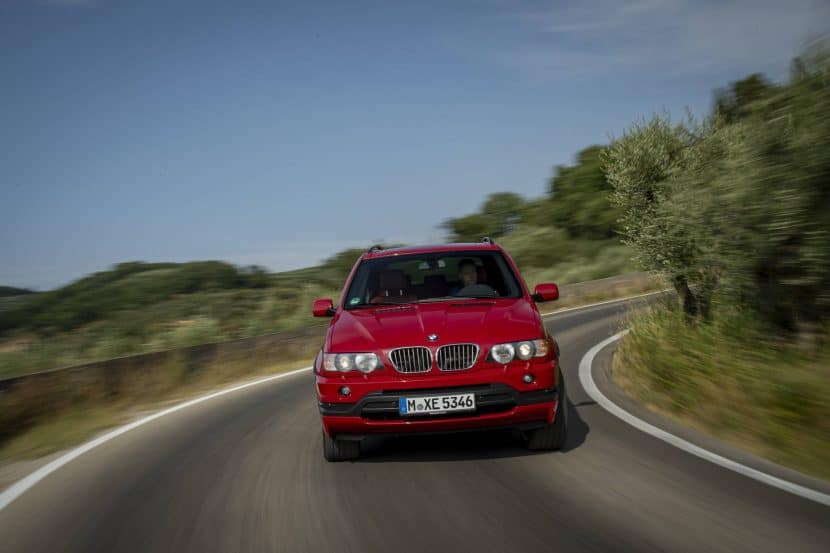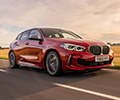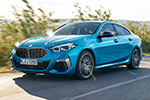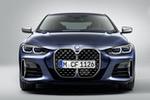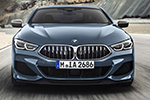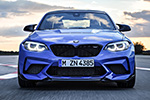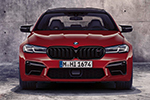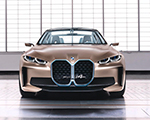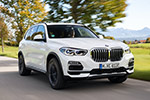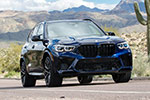The BMW X5, now in its fourth generation, is one of BMW’s most popular cars worldwide, and it pioneered the crossover segment for the brand. The generations include the E53, E70, F15, and the current G05. Each generation of the BMW X5 has its own strengths and weaknesses, making it common for potential buyers to ask: Which BMW X5 generation should I buy? In our opinion, the BMW X5 (E70) will always be a solid choice, with some caveats.
A Timeless Design

The E70 BMW X5, produced between 2007 and 2013, offers a design that remains attractive and relevant. Its robust and well-proportioned exterior exudes a sense of timeless elegance. The E70 X5 was designed to be bigger, better, and bolder. It was 60 mm wider (2.4 inches) and 165 mm longer (6.5 inches), with a wheelbase extended by 110 mm (4.3 inches) compared to the E53, yet it maintained the same height, preserving its commanding presence on the road. Safety was also a paramount concern in the design of the E70 X5. The SUV had a rollover risk of 17.4 percent.

The BMW X5 E70 showcased unique design details such as its distinctive kidney grille flanked by dynamic headlights, muscular wheel arches, and a sloping roofline that hinted at the sporty character of the SUV, while the interior featured premium materials, a driver-focused cockpit, and optional wood or aluminum trim for a luxurious yet sporty ambiance. To complement the luxurious interior, the E70 X5 introduced high-end audio systems from brands like Harman Kardon and Bang & Olufsen, providing an immersive listening experience.
The BMW E70 X5 also introduced numerous comfort enhancements, including a glass panorama roof, Additionally, for the first time in a BMW, an optional third-row seat was offered. This addition increased the E70’s seating capacity to seven passengers, addressing criticisms of the E53 model.
Efficient Powertrain Options

The BMW E70 X5 saw the introduction of more fuel-efficient engines while maintaining BMW’s characteristic performance. This marked a shift towards environmentally friendly technology without compromising driving dynamics. With options ranging from the efficient 3.0-liter inline-six to the powerful 4.8-liter V8, there’s a suitable engine for every driving preference. The X5 M version, with its 4.4-liter twin-turbo V8, delivered 547 horsepower and 501 lb-ft of torque, and it sounded great. The entry-level E70 X5 was the 3.0si powered by the N52 naturally aspirated straight-6 petrol engine. The N52 replaced the BMW M54.

One standout model is the BMW X5 (E70) xDrive35d with a 6-speed Automatic. With its 265 HP diesel engine, this variant offers a perfect blend of power and efficiency. The X5 xDrive35d is known for its robust torque delivery and impressive fuel economy. Additionally, the model features the M57 engine, celebrated for its durability, reliability, and longevity. The only issues we’ve seen mentioned with the M57 are emission-related: DPF, EGR and the Adblue injection system. During the Volkswagen emissions violations, the E70 BMW X5 xDrive35d diesel was used as an example of a compliant vehicle.
New Engines for The BMW E70 X5 Facelift

With the launch of the facelift (LCI) in 2010, the E70 X5 debuted a new lineup of turbocharged engines featuring direct injection. In the North American market, the gasoline powertrains available included the xDrive35i, equipped with a twin-scroll turbo six-cylinder (N55), and the xDrive50i, which boasted the N63 twin-turbo V8. Both were mated to a new ZF eight-speed automatic Steptronic transmission. These updated petrol engines offered more power compared to their predecessors, with the xDrive35i also delivering improved fuel efficiency and lower emissions. The turbo-diesel xDrive35d continued to be available in North America, maintaining the six-speed transmission from the previous model year. Additionally, the xDrive40d and a revised xDrive30d were introduced with the N57 engine, though neither was offered in the North American market.
There was also an E70 X5 xDrive48i powered by the N62 naturally aspirated V8 petrol engine. In 2022, the N62 was awarded “International Engine of the Year”, “Best New Engine” and “Above 4-liter” categories.
Another novelty was the introduction of the first M Performance Package which offered customers larger wheels, a sports suspension, M-design cues and a bit more power. The facelift also gave BMW the chance to revamp their model nomenclature to the designations we recognize today, with the 3.0si and 4.8i becoming the xDrive30i and xDrive48i, respectively.
Technology and Innovations

The E70 X5 brought a number of technological innovations to the market as standard features, including BMW’s iDrive system and an electronic ‘joystick’ gearshift that optimizes console space by eliminating the mechanical connection to the gearbox. Additionally, it introduced LED taillamps and the first all-polypropylene single module fender. Notably, the E70 was the first production vehicle to utilize FlexRay, a high-speed electrical bus system for chassis damping control. The Park Distance system was also enhanced, allowing integration with the optional rearview camera for improved visibility.

Early forms of Advanced Driver Assistance Systems (ADAS) started to appear in the E70 X5, setting the stage for more advanced features in future models. Enhancements such as adaptive cruise control and lane departure warning contributed to increased safety and comfort. Optional features included a heads-up display (HUD), active steering, active damping, and Dynamic Drive, which employs active anti-roll bars with a hydraulic servo to minimize body roll.
One of the most notable updates to the X5 was the implementation of a double-wishbone front suspension. Replacing the E53’s MacPherson struts, the double-wishbone setup provided the E70 X5 with significantly improved camber control over bumps and through corners, resulting in sharper driving dynamics.
BMW also unveiled two new systems for the steering and suspension: Active Steering and AdaptiveDrive. The AdaptiveDrive system combined adaptive electromagnetic dampers with active roll stabilization, utilizing electro-hydraulically powered sway bars in a single package. The Active Steering system featured a variable-ratio steering rack, which facilitated easier maneuvering at speeds below 57 mph and enhanced stability at higher speeds.
Reliability and Pricing

Overall, the E70 X5 has a reputation for reliability, especially when properly maintained. Many owners report that with regular service and care, these vehicles can easily surpass the 200,000-mile mark. In 2024, the used car market for the BMW X5 E70 in the United States offers a range of options at various price points, reflecting the vehicle’s versatility and lasting appeal. Prices for the E70 X5 depend on the year, mileage, and condition of the vehicle.
For example, a 2011 BMW X5 xDrive35d with 86,325 miles is priced at around $12,495, while a 2014 model with 100,000 miles is listed for approximately $14,992. Newer models, like the 2017 BMW X5 xDrive35d with 85,000 miles, are available for about $22,161. High-mileage options, such as a 2015 BMW X5 xDrive35d with 140,000 miles, can be found for $15,900.
| Model | Years | Engine Code | Power | Torque | 0-62 mph (0-100 km/h) | Top Speed |
|---|---|---|---|---|---|---|
| 3.0si | 2007-2008 | N52B30 | 268 hp | 315 Nm (232 lb-ft) | 8.1s | 210 km/h (130 mph) |
| xDrive30i | 2009-2010 | N52B30 | 268 hp | 315 Nm (232 lb-ft) | 8.1s | 225 km/h (140 mph) |
| xDrive35i | 2011-2013 | N55B30 | 302 hp | 400 Nm (295 lb-ft) | 6.8s | 242 km/h (150 mph) |
| 4.8i | 2007-2008 | N62B48 | 350 hp | 475 Nm (350 lb-ft) | 6.5s | 240 km/h (149 mph) |
| xDrive48i | 2009-2010 | N62B48 | 350 hp | 475 Nm (350 lb-ft) | 6.5s | 240 km/h (149 mph) |
| xDrive50i | 2011-2013 | N63B44 | 402 hp | 610 Nm (450 lb-ft) | 5.5s | 250 km/h (155 mph) |
| 3.0d | 2007-2008 | M57TU2D30 | 232 hp | 520 Nm (384 lbf-ft) | 8.0s | 210 km/h (130 mph) |
| 3.0sd | 2007-2008 | M57TU2D30 | 282 hp | 580 Nm (428 lbf-ft) | 6.9s | 235 km/h (146 mph) |
| xDrive30d | 2009-2010 | M57TU2D30 | 232 hp | 520 Nm (384 lbf-ft) | 8..0s | 216 km/h (134 mph) |
| xDrive35d | 2009-2010 | M57TU2D30 | 282 hp | 580 Nm (428 lbf-ft) | 6.9s | 235 km/h (146 mph) |
| xDrive35d US Model | 2009-2013 | M57Y Twin Turbo | 265 hp | 576 Nm (425 lb-ft) | 6.9s | 235 km/h (146 mph) |
| xDrive30d | 2011–2013 | N57D30O0 | 242 hp | 540 Nm (398 lbf-ft) | 7.6 | 210 km/h (130 mph) |
| xDrive40d | 2010–2013 | N57D30T0 BiTurbo | 302 hp | 600 Nm (443 lbf-ft) | 6.6s | 237 km/h (147 mph) |
| M50d | 2012-2013 | N57S Tri-Turbo | 376 hp | 740 Nm (546 lbf-ft) | 6.2s | 255 kph (158 mph) |
| X5 M | 2010-2013 | S63B44 | 547 hp | 680 Nm (502 lbf-ft) | 4.6s | 210 km/h (130 mph), 275 km/h (171 mph) with M Driver's Package |


